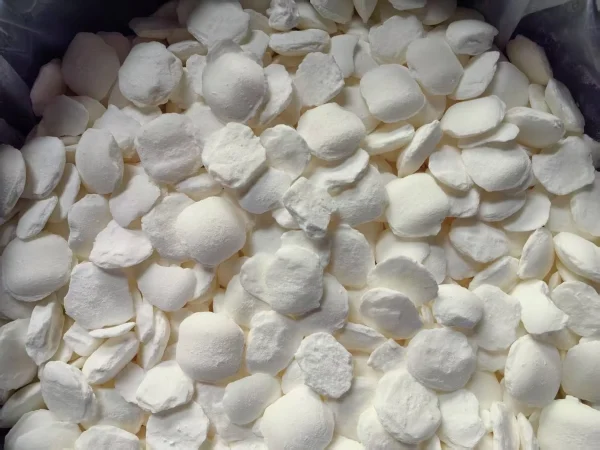
Sodium cyanide (NaCN) is a chemical compound widely used in various industries, most notably in the mining sector for gold extraction. While it plays a crucial role in these industrial processes, it is essential to recognize that sodium cyanide is an extremely toxic substance. Incorrect handling or improper safety measures can lead to severe accidents, endangering human lives and the environment. This article aims to provide a comprehensive guide on the safe and correct use of Sodium Cyanide to prevent such accidents.
Understanding Sodium Cyanide
Sodium cyanide is a white, water-soluble solid with the properties of a moderately strong base. It is highly toxic and can cause fatal injury to humans. When in contact with acids or even some water, it can liberate highly toxic and flammable hydrogen cyanide (HCN) gas. This reaction makes it particularly dangerous, as HCN gas can be easily inhaled, leading to rapid poisoning.
Safety Measures in Handling Sodium Cyanide
Skin Contact
Sodium cyanide is toxic to the skin and can cause both acute and chronic effects. Symptoms of skin exposure may include irritation, itching, rash, and dermatitis. In the early stages of toxicity, cyanosis (a bluish discoloration of the skin) might be evident. To avoid skin contact, it is crucial to adhere strictly to safety precautions. Always wear impervious clothing such as jackets, chemical-resistant hand gloves, and safety shoes when handling Sodium cyanide. This will prevent the chemical from coming into direct contact with any part of your body. After use, immediately remove all clothing and thoroughly rinse your hands and body with clean water.
Eye Contact
The eyes are also highly vulnerable to the toxicity of sodium cyanide. Exposure can cause dilated pupils, conjunctivitis, corneal edema, and keratitis. In severe cases, it may even lead to damage to the optic nerve and transient blindness. To protect your eyes, always wear appropriate protective goggles. These goggles should be designed to prevent any splashes or particles of sodium cyanide from reaching the eyes, even in the event of an accidental spill. Additionally, avoid touching your eyes while handling the chemical.
Ingestion
Ingesting sodium cyanide is extremely dangerous and can be fatal. Acute effects of ingestion include damage to the gastrointestinal tract, nausea, vomiting, and abdominal pain. In large quantities, it can quickly result in death. To prevent accidental ingestion, use a mouth covering, such as a respirator with a suitable filter, when handling the chemical. Never eat, drink, or smoke in an area where sodium cyanide is being used or stored. Also, avoid touching your mouth or lips while working with this toxic substance.
Environmental Hazards and Precautions
Sodium cyanide is harmful to both the environment and living organisms. It should never be released into the environment carelessly or through improper disposal. The chemical's mist and vapor can be dangerous to the nasal cavity and can also inhibit plant growth. When released into water bodies, it can have acute and chronic effects on aquatic life. Although sodium cyanide itself is not combustible, when heated for an extended period, it can release toxic hydrogen cyanide gas. Therefore, it is crucial to avoid exposing it to fire. When it comes to disposal, always liaise with the local waste disposal authority or an approved toxic chemical disposal agency. Do not flush it down the drain or dispose of it in an unregulated manner.
Storage and Packaging
Storage Suggestions
Sodium cyanide must be stored in a cool, dry, and well-ventilated area. If possible, use local exhaust ventilation to further reduce the risk of gas accumulation. Check the storage area for any potential fire hazards and ensure they are removed or properly contained. It is essential to keep sodium cyanide away from substances such as acids, salts, or water, as contact with any of these can liberate toxic hydrogen cyanide gas. Regularly inspect the storage area and the containers to ensure there are no signs of leakage or damage.
Packaging Suggestions
The packaging of sodium cyanide is of utmost importance. It should be packed in a very safe container with a tightly sealed lid to prevent the escape of vapor or mist into the atmosphere. Avoid packaging it with incompatible substances like copper, zinc, magnesium, tin, or their alloys, as these can react with sodium cyanide and cause dangerous situations. Also, do not use a container that has previously been used to store acids, salts, or water, as residual substances in the container can react negatively with sodium cyanide.
Transportation
During transportation, sodium cyanide must be handled with extreme care. The transport vehicle should be designed to prevent any leakage or damage to the containers. The containers themselves should be of high quality, with sufficient strength and 密封性. They should also be clearly labeled with "剧毒" (highly toxic) in Chinese, along with the chemical formula (NaCN), its dangerous properties, and emergency contact information. The transportation route should be carefully planned to avoid populated areas and areas with potential sources of ignition or water. Drivers and handlers involved in the transportation of sodium cyanide should be trained in emergency response procedures in case of a spill or accident.
Emergency Response
In the event of a sodium cyanide spill or accident, it is crucial to have a well-prepared emergency response plan. First and foremost, evacuate all non-essential personnel from the area immediately. Emergency responders should wear appropriate personal protective equipment, including full-body chemical suits, respirators with high-efficiency filters, and protective gloves and boots. For small spills, carefully sweep up the spilled sodium cyanide using non-sparking tools and place it in a suitable, labeled container for proper disposal. For larger spills or in case of a release of hydrogen cyanide gas, use appropriate neutralizing agents such as hydrogen peroxide or sodium thiosulfate to treat the affected area. Always follow the local emergency response guidelines and notify the relevant authorities, such as the fire department, environmental protection agency, and poison control center.
Training and Education
All personnel who handle sodium cyanide, whether in production, storage, transportation, or use, must receive comprehensive training. This training should cover the properties of sodium cyanide, safety procedures for handling, storage, and transportation, emergency response protocols, and the importance of following regulatory requirements. Regular refresher training should also be provided to ensure that employees stay updated on the latest safety practices. Additionally, employees should be educated on the symptoms of cyanide poisoning so that they can recognize and respond promptly in case of exposure.
In conclusion, the safe and correct use of sodium cyanide is of paramount importance to prevent accidents and protect human health and the environment. By following the safety measures outlined in this article, from proper handling and storage to emergency response planning, we can minimize the risks associated with this highly toxic chemical. It is the responsibility of every individual and organization involved in the handling of sodium cyanide to ensure that safety is always the top priority.
- Random Content
- Hot content
- Hot review content
- Toxicity Assessment of Sodium Cyanide and Relevant Hazard Prevention Measures
- industry Electric Detonator
- Barium carbonate 99% powder
- Dodecylbenzenesulfonic acid
- Hydrogen Peroxide
- Gold Ore Dressing Agent Safe Gold Extracting Agent Replace Sodium Cyanide
- Lithium hydroxide 99% Solid
- 1Discounted Sodium Cyanide (CAS: 143-33-9) for Mining - High Quality & Competitive Pricing
- 2Sodium Cyanide 98% CAS 143-33-9 gold dressing agent Essential for Mining and Chemical Industries
- 3Sodium Cyanide 98%+ CAS 143-33-9
- 4Anhydrous Oxalic acid 99.6% Industrial Grade
- 5Oxalic acid for mining 99.6%
- 6Soda Ash Dense / Light 99.2% Sodium Carbonate Washing Soda
- 7Reagent Grade/Industrial Grade Hydrochloric Acid min.31%
- 1Sodium Cyanide 98% CAS 143-33-9 gold dressing agent Essential for Mining and Chemical Industries
- 2High Quality 99% Purity of Cyanuric chloride ISO 9001:2005 REACH Verified Producer
- 3 High-Quality Sodium Cyanide for Leaching
- 4Powdery emulsion explosive
- 5Industry Grade Electron grade 98% Sulfuric Acid H2SO4 Sulphuric Acid Battery Acid Industrial Sulfuric Acid
- 6Colloidal emulsion explosive
- 7sodium hydrosulfide 70% flakes used Mining Industry

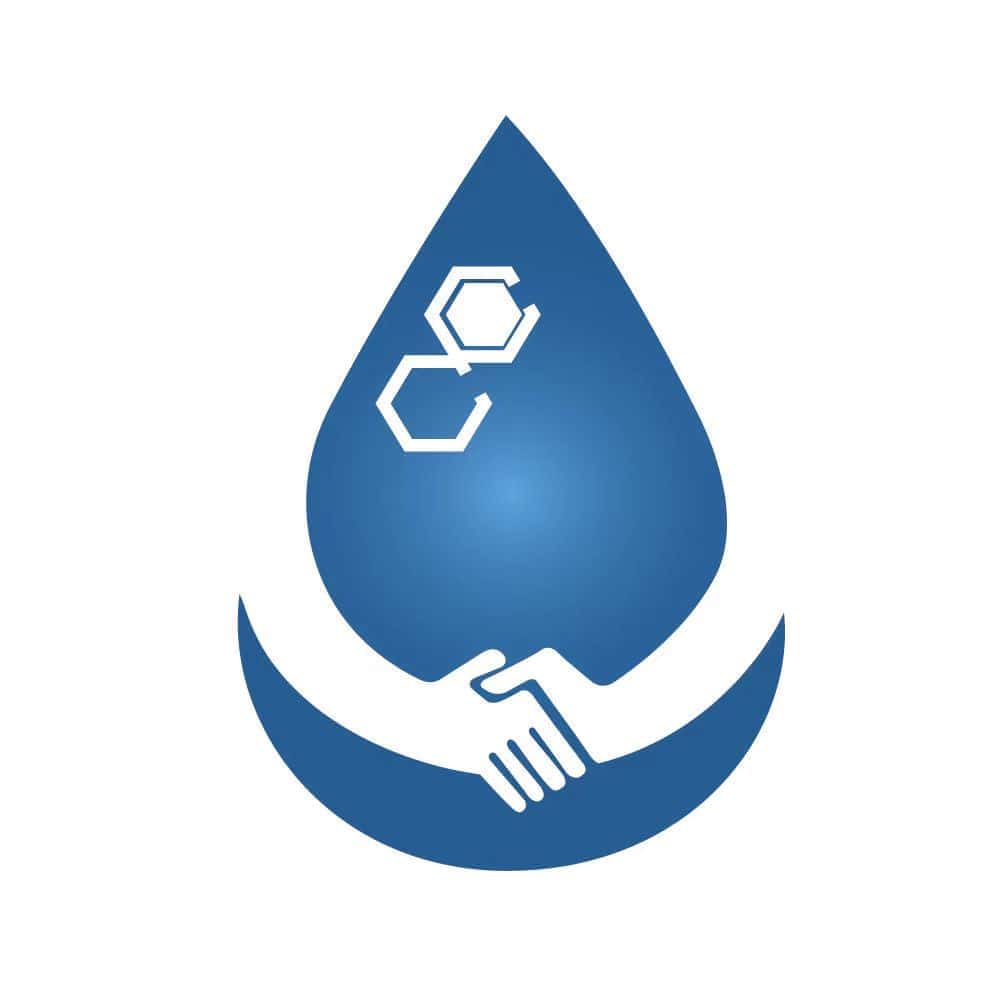
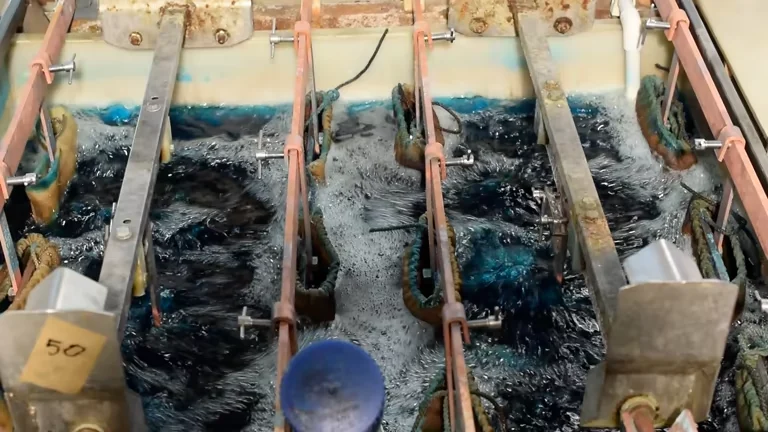
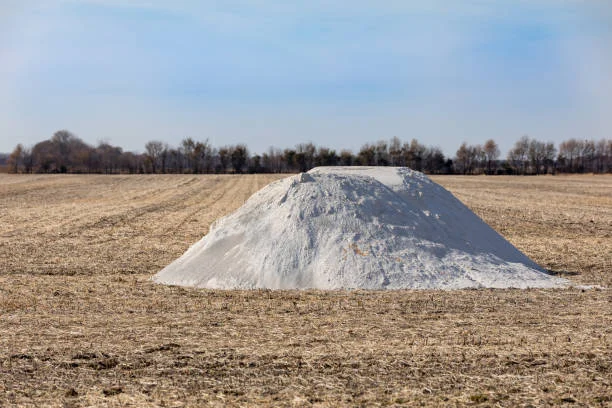
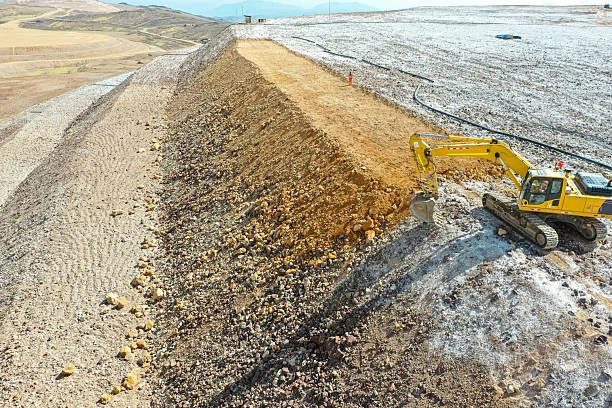
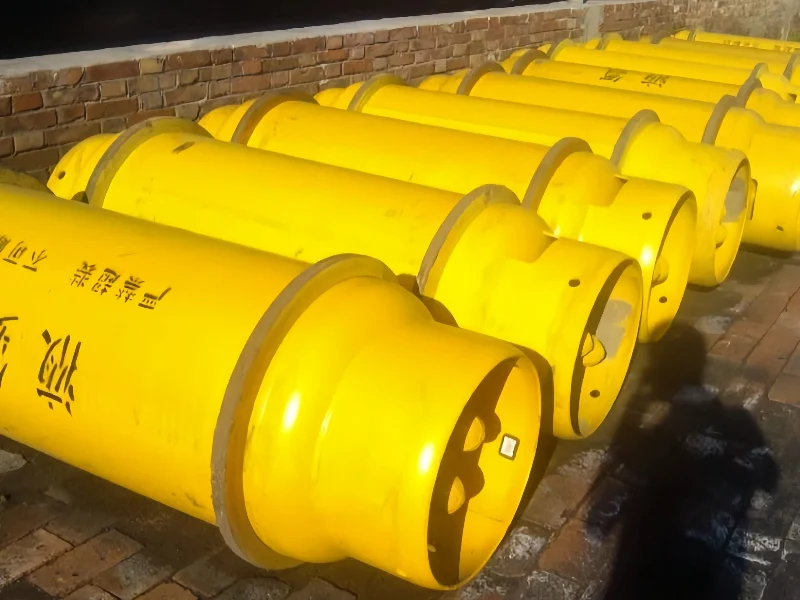

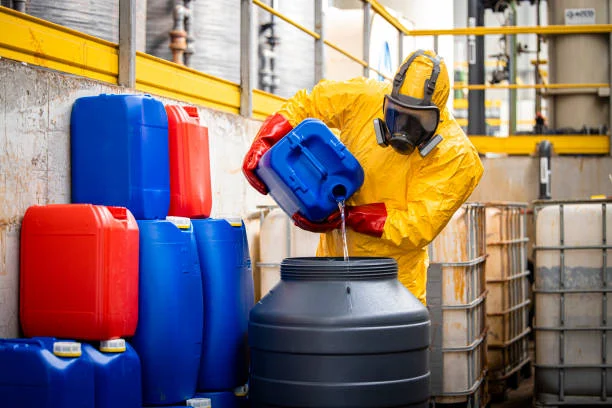

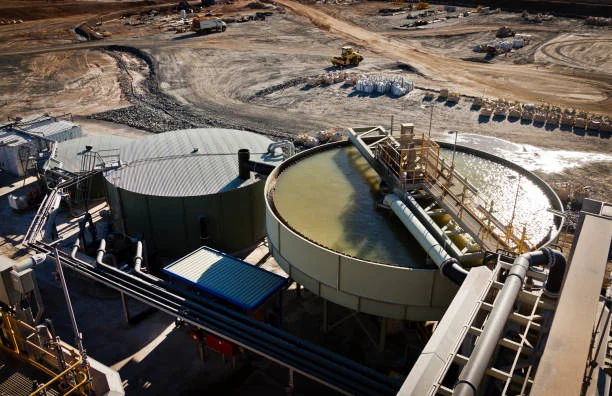


Online message consultation
Add comment: